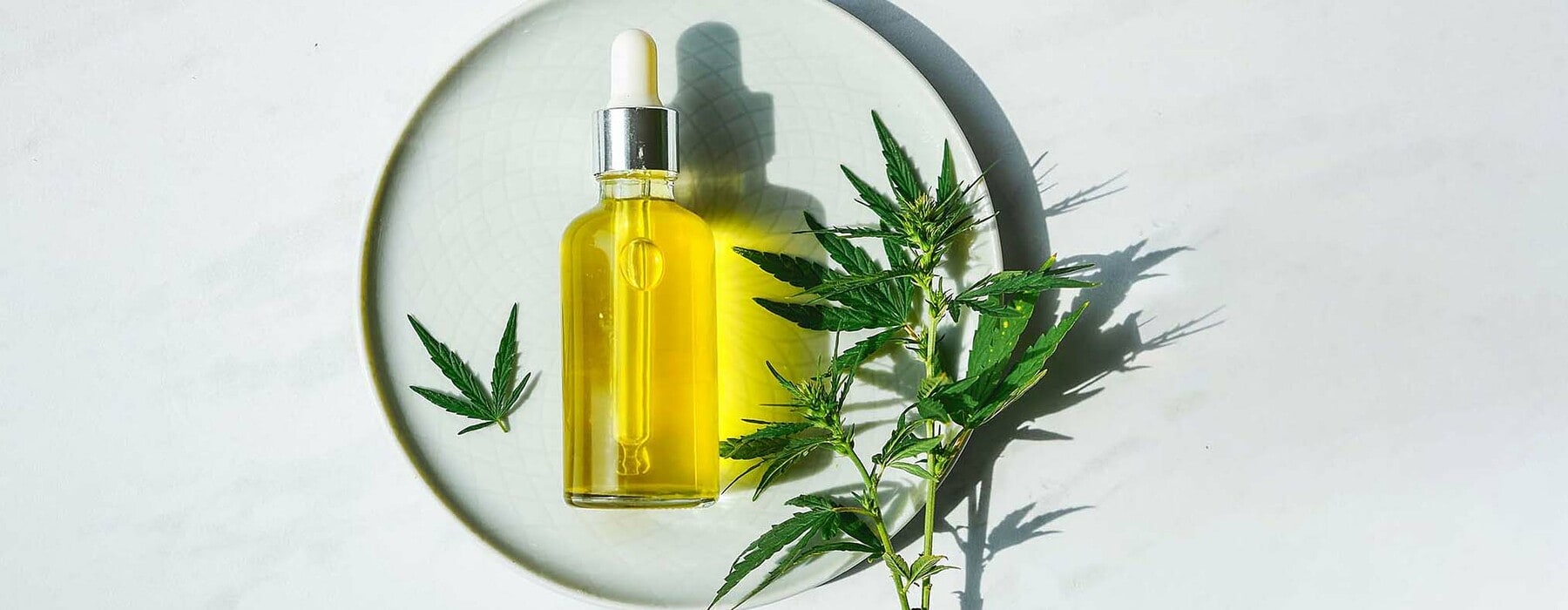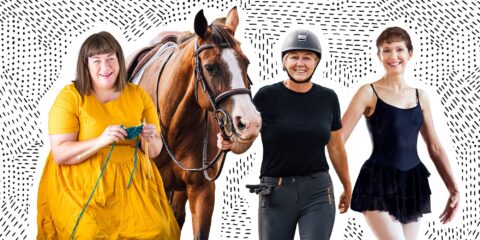Medical marijuana is still a weed in the wilderness. Woman goes down a rabbit hole trying to find out why we’re still grinding gears getting to a green light.
Lianne was 61 when her oncologist told her she was going to die and there was nothing the doctors could do about it. Well, not nothing, exactly. After diagnosing her with Stage 4b terminal endometrial cancer and informing her it was too late for both chemotherapy and radiation therapy, they offered her a palliative hormone pill.
Lianne’s is another in a maddeningly common collection of under-diagnosed female reproductive cancer stories. She had gone to her GP with post-menopausal bleeding, only to be told not to worry. So she didn’t worry – for 15 months she wasn’t worried at all.
Then her stomach started to hurt. It wasn’t until a specialist inspected the results of an MRI scan, which Lianne paid for herself, that the tumours were discovered.
Nearly a year and a half after first showing symptoms she left the oncologist’s office with a death sentence and no hope. Devastated and desperate, Lianne credits luck with her still being alive today. Luck being that a friend of hers suggested she try medicinal cannabis as a treatment to shrink tumours.
Not a recreational drug user and previously fit and healthy, Lianne didn’t know the first thing about cannabis. She quickly schooled herself and discovered that culturally, cannabis had transitioned from a gateway street drug to a well-regarded alternative pain and anti-seizure medication as well as a treatment for tumour reduction.
She learnt that usage methods varied but it wasn’t like being handed a joint at a party and that the main difference between medical cannabis and recreational cannabis was the balance of tetrahydrocannabinol (THC) and cannabidiol (CBD) content. Recreational cannabis has more THC (the part that produces the sensation of being “high”), medicinal has a higher CBD ratio (the part that helps with anxiety, pain, addiction issues and insomnia).
Literally with nothing to lose, Lianne’s friend helped her tap into a network of patient outreach people willing to connect terminally ill New Zealanders with “green fairies” who produce medicinal cannabis products.
After 18 months of taking cannabis, Lianne went in for a scan and was encouraged by the results, having been given an estimate of four months to live. She is currently steady, strong and optimistic, much of which she credits the cannabis with.
“Cancer feeds on stress, cannabis calms you, it’s one of the many positive side effects,” she says. Lianne believes her oncologist genuinely wanted to help her, but was limited in offering only what had been approved; if she had been able to prescribe medicinal cannabis, she would have.
But why couldn’t she? Isn’t medicinal cannabis legal? Why was it luck that helped save Lianne and not our health system?
Bloody rabbit hole
“Nightmare” , “ridiculous”, “bloody rabbit hole” are but a few of the words Green MP Chlöe Swarbrick uses when describing a potted history of NZ’s political relationship with marijuana and her personal mission (to which she has a religious devotion) to legalise it.
Exactly why we don’t have access to medical cannabis in a way that’s comparable to the UK, Israel and Australia is not straightforward to answer, but it seems to revolve around the Misuse of Drugs Act 1975. Or what Chlöe calls “my mortal enemy”.
Its central premise is that any use of a drug listed on the schedule of banned substances is a misuse, and therefore carries penalties. Over the years, various amendments have been added to this bill to the extent that Chlöe now refers to it as “Frankensteinian”. She is pushing for the entire bill to be scrapped and for us to start over with a legal framework that better represents up-to-date medical and sociological developments.
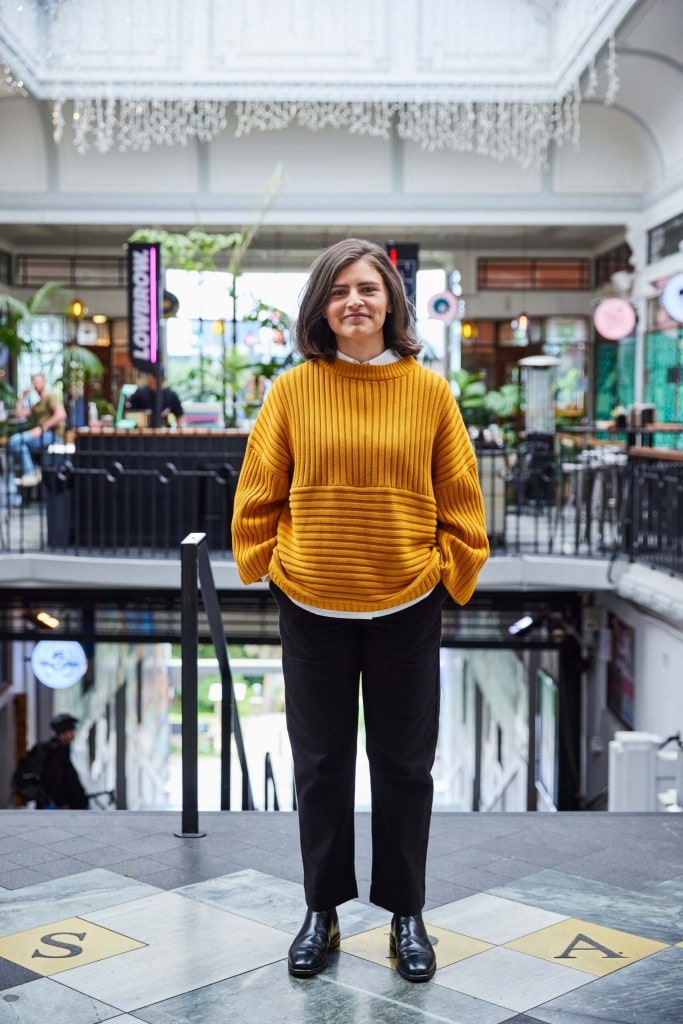
Three years ago, a bill passed that made medical marijuana available to all New Zealanders. But our impossibly strict regulatory standards act as a straitjacket for domestic producers looking to supply doctors with medicinal cannabis products. As a result, just four expensive products from one multinational company have been approved.
The government acknowledged the bill’s limitations by implementing a series of “transitional standards” which were less stringent and aimed at buying time for producers to develop compliant products. These standards were extended to September 2021, after which they lapsed despite repeated attempts by Chlöe and the Green Party to encourage a more inclusive and sensible approach.
Reverting to the original standards meant 13 products that sick Kiwis were relying on became illegal overnight. To understand how we got here, let’s attempt a timeline.
Caution: this timeline contains politics.
June 15, 2009: Metiria Turei (Green Party co-leader) introduces the first member’s bill on medicinal cannabis. The bill proposes that Parliament establish a compassionate regime for doctors to prescribe cannabis to those patients they believe would benefit from it. Those who vote against the bill seem to fear it might encourage wider consumption of cannabis generally or are keen to reform the entire Misuse of Drugs Act rather than amend it.
Outcome: Did not pass.
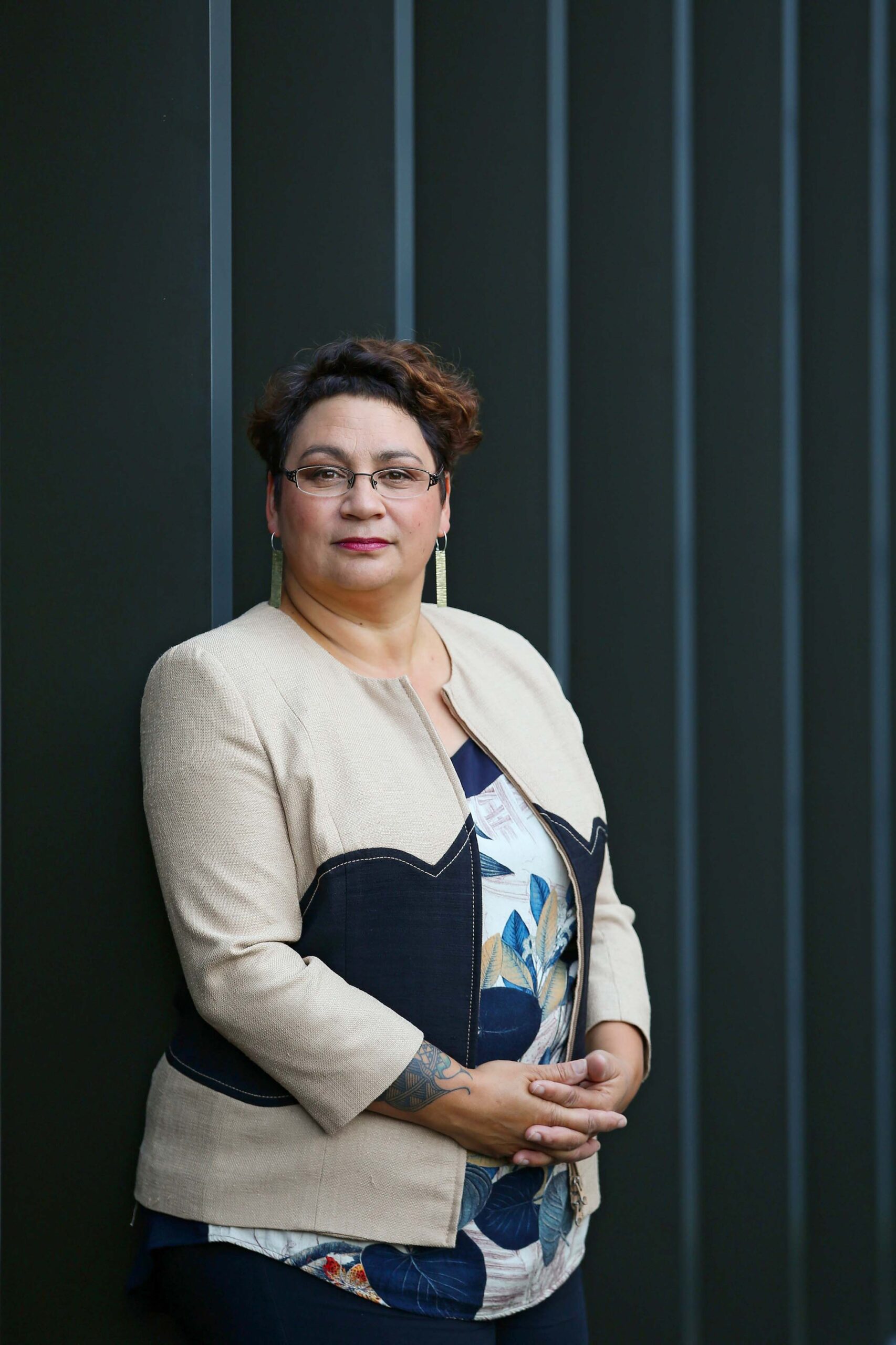
January 30, 2018: The Misuse of Drugs (Medicinal Cannabis) Amendment Bill is read. It was introduced the day before Chlöe was to bring her own medicinal cannabis bill to Parliament. This bill is far stricter than the Green Party’s proposal and gets support from across the House. This immediately allows terminally ill and seriously ill Kiwis access to otherwise illegal cannabis products and opens the doorway for production of cannabidiol product development (along with strict regulatory standards).
Outcome: It passes.
January 31, 2018: First reading of Chlöe’s medicinal cannabis bill which would have licensed “green fairies”. It is blocked by National and New Zealand First and a few Labour MPs. They argue heavily that there is no need for this bill after having passed the government’s bill the day before. It’s worth noting that this bill had the backing of Helen Clark, who had recently become a member of the Global Commission on Drug Policy.
Outcome: It does not pass.
October 17, 2020: Two referendums are undertaken at the general election – one on assisted dying and the other on cannabis. The question is whether to legalise the sale, use, possession and production of recreational cannabis. Chlöe views this as a missed opportunity to communicate how regulated access to cannabis in general increases the quality, access and affordability of medicinal cannabis.
Outcome: Cannabis referendum does not pass. While 48.4 per cent support the proposed law change, 50.7 percent are opposed.
May 2021: The government refuses to expand the scope of the 2018 regulations to include people with less serious conditions. In a leaked internal document obtained by Radio New Zealand, the Ministry of Health states: “The review will not consider widening the exemption to medical uses other than [for people in palliative care] or to other drugs controlled by the Act.”
May 2021: Can the government possibly offer an amnesty to “green fairies” who are helping non-terminal but nonetheless sick Kiwis deal with pain?
Outcome: A hard no.
May 2021: Cases of “green fairies” being prosecuted increase dramatically. Lawyer Sue Grey tells The New Zealand Herald, “there’s about one new client contacting me every week having been caught with cannabis intended for pain relief.” Police are allowed to use discretion on whether they prosecute people for use or supply of the drug as a medicine. Many have been discharged without conviction but Grey says the arrest and legal process is still “immensely distressing”, especially for chronically ill people.
September 2021: Can we at least extend the relaxed transitional standards further?
Outcome: A hard no.
January 2022: Data from the Ministry of Health tell us that approximately 11 percent of New Zealanders use cannabis each year. Around 43 percent use it for “medical purposes”, that’s around a quarter of a million New Zealanders, meaning that hundreds of thousands of Kiwis are currently criminals for using plant medicine.
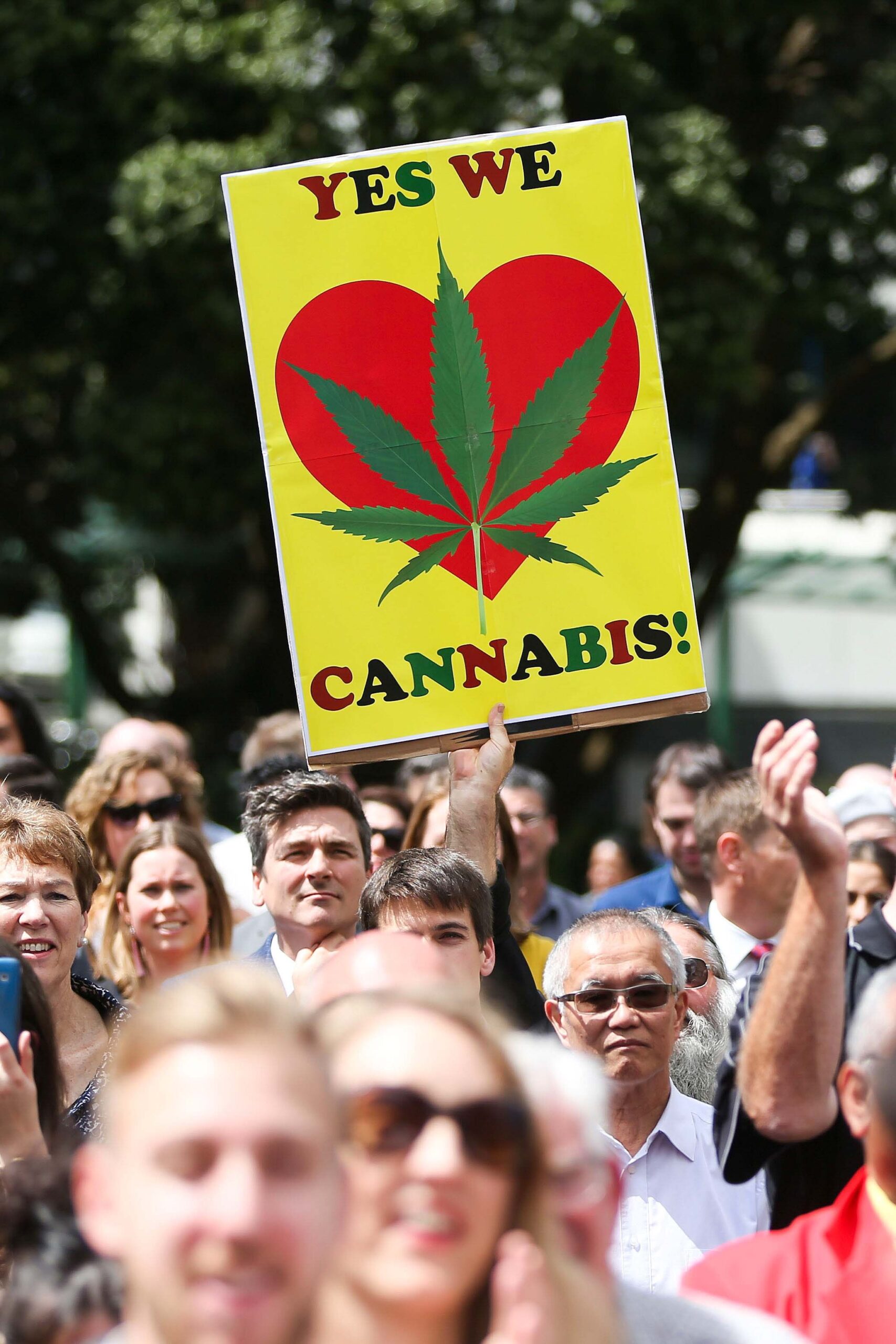
So, how do we get medical marijuana?
Dr Waseem Maan Alzaher (BSc, MBChB) is soft-spoken, humorous – and you can tell, even over the phone, kind. After graduating from the University of Otago with degrees in both medicine and science, he worked at the Auckland District Health Board and as a doctor in urgent care medicine.
In 2018 he veered from the traditional medical path – not because of an “ah-ha!” moment, more like a slow accumulation. After years of prescribing medication that he wouldn’t want to take himself, he figured there had to be another option. Something that could help people without such unpleasant side effects.
He started The Cannabis Clinic with locations in Auckland, Wellington and Christchurch and offers patients relief when dealing with anxiety, pain or sleeplessness (the three most common ailments that cannabis helps). Many of his patients suffer unpleasant side effects from the pharmaceutical drugs they’re prescribed.
In stark contrast, medicinal cannabis has no upper therapeutic limit and is safer than paracetamol which, when overused, can result in poisoning and death. Very calmly and without a trace of frustration, he explains that doctors are not taught about the benefits of medical cannabis. They are also often not very interested in learning.
Waseem says that cannabis is “safe, well-tolerated – and misunderstood by almost every single doctor in New Zealand”. Which raises the question: why such a lack of medical interest in an anecdotally (and more and more clinically) effective drug?
One reason could be that despite certain cannabinoid products being legal, Medsafe has still not approved them (meaning they cannot be advertised along with their likely effects).
Waseem says fellow doctors commonly dismiss medicinal cannabis by saying there isn’t enough clinical data to support its safe use. Which is a self-perpetuating loop that parallels the double standards of other (illegal) plant-derived medicines such as opium. Legal to grow in your garden, but not to ingest, opium forms the basis for much of the pharmaceutical pain medication on the market.
The stigma around cannabis due to its definition as an illegal drug seems to have irrationally interrupted its other (and original) use as a plant that can help relieve human suffering.
Patients can self-refer to The Cannabis Clinic, and most do because many doctors don’t think to refer them. Waseem can prescribe one of the eight available options on the market to his patients, which cost around $200 to $300 a month.
A subsidy seems unlikely as Pharmac manages medical funding and supply and its board is populated by the people most uninterested in medical cannabis: doctors. A circular illogic seems to be hampering this issue from both political and medical directions.
The most vulnerable people
The term “green fairy” describes Maki Herbert’s craft (fairy means hidden, secret, out of view). She works with Rongoā (traditional Māori medicine) using the green plant. But don’t expect Maki to be in any way shy or retiring; as co-leader of the Aotearoa Legalise Cannabis Party, she isn’t afraid to be known as a staunch supporter of cannabinoid medicine and its healing properties.
She refuses to be cowed by the threat of prosecution, even though she’s been charged for possession in the past and convicted to home detention for growing. The mahi she does is too important to the people in her community, without which they would struggle to find effective, affordable help for their anxiety, epilepsy, chronic pain and insomnia.
In contrast to the clinical alternative, Maki and “green fairies” like her offer CBD oils and other cannabinoid tinctures at a far lower cost. Depending on the dosage, you could get a month’s worth of product for as little as $50. “We’re touching the most vulnerable people with our work,” she says.
Maki has a diploma in herbal medicine and one in CBD medicine from an online course. She found her way to this work because of her nana who began suffering from Parkinson’s tremors 14 years ago. As a member of the infamous Daktory – a warehouse in Auckland catering to the sale and consumption of cannabis – Maki learned how to create tinctures.
She made cannabis butter and baked muffins for her nana – one a day to keep the shakes away. It worked.
The stigma around cannabis due to its definition as an illegal drug seems to have irrationally interrupted its other (and original) use as a plant that can help relieve human suffering. Her nana could hold a cup of tea without spilling it. Her quality of life improved and with it, her dignity. Maki lived with her for six years until she died at the age of 95.
Word spread about Maki’s healing powers and now she dedicates herself to helping people deal with one of the hardest things in life: illness. She does this good-naturedly and with compassion, while under the constant threat of prosecution and jail time.
Compared to the pharmaceutical options, Maki doesn’t have to meet any government-mandated regulations. Which is exactly what doctors like Waseem are concerned about; his product is clinically tested, a homogenised offering, all batches the same.
But Maki gets her homemade products tested too. Having developed a relationship with a lab, she tinkers with the CBD and THC quantities like a chemist. “I know what’s in my oil,” she says.
Maki might be an outlier in this regard but when people are in need, and the government makes access complicated, limited and expensive, lots of Kiwis don’t have the luxury of visiting a clinic like Waseem’s.
Where to from here?
Maki doesn’t see her situation changing any time soon. Where medicinal cannabis is concerned, the government at large seems determined to remain stuck in legislation limbo. And even if they reinstated the “temporary standards”, the minimum action they could take to help people access more medicinal cannabis products, Maki’s products would still be considered illegal.
On this topic, Chlöe believes the government has a moral obligation to change the law so that it keeps people safe and prevents them from suffering. She points out that we can have well-regulated and affordable access to local medicinal cannabis but “building that system requires rethinking drugs.”
We need to expand our understanding of medicine to include plants, rather than trying to force them into a commercial pharmaceutical model. It seems there isn’t an appetite for nuance in politics; either the plant is all bad or all good, regardless of the truth being far more complicated.
For things to change, for the government to deliver on its moral obligation, Chlöe’s mortal enemy needs to be slain: “Fixing this, truly and properly, looks like repealing and replacing the Misuse of Drugs Act.
“It looks like regulating to genuinely reduce harm and ensuring that people who need their medicine are able to get it.”

